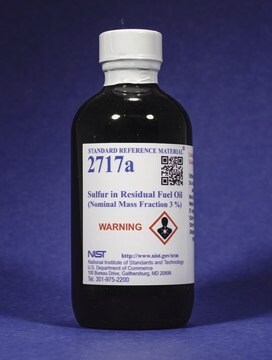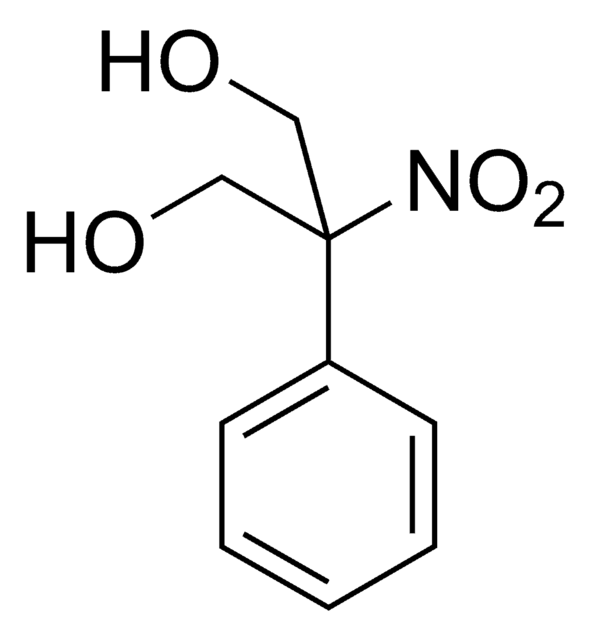All Photos(1)
About This Item
grade:
SAJ special grade
Assay:
≥90.0%
bp:
190-250 °C (lit.)
vapor pressure:
0.23 mmHg ( 20 °C)
Recommended Products
grade
SAJ special grade
vapor density
4.5 (vs air)
vapor pressure
0.23 mmHg ( 20 °C)
Assay
≥90.0%
form
liquid
autoignition temp.
442 °F
expl. lim.
5 %
availability
available only in Japan
bp
190-250 °C (lit.)
density
0.8 g/mL at 25 °C (lit.)
Looking for similar products? Visit Product Comparison Guide
Signal Word
Danger
Hazard Statements
Precautionary Statements
Hazard Classifications
Aquatic Chronic 2 - Asp. Tox. 1 - Skin Irrit. 2 - STOT SE 3
Target Organs
Central nervous system
Storage Class Code
3 - Flammable liquids
WGK
WGK 2
Flash Point(F)
179.6 °F - closed cup
Flash Point(C)
82 °C - closed cup
Personal Protective Equipment
dust mask type N95 (US), Eyeshields, Gloves
Choose from one of the most recent versions:
Already Own This Product?
Find documentation for the products that you have recently purchased in the Document Library.
Narayanasamy Kanikkannan et al.
Toxicology, 175(1-3), 35-47 (2002-06-07)
Jet A and JP-8 are the major jet fuels used in civilian and military (US Air Force) flights, respectively. JP-8+100 is a new jet fuel recently introduced by US Air Force in some of its locations. The purpose of this
Simon Christie et al.
Environmental science & technology, 46(11), 6393-6400 (2012-04-27)
We report on the particulate-bound polycyclic aromatic hydrocarbons (PAH) in the exhaust of a test-bed gas turbine engine when powered by Jet A-1 aviation fuel and a number of alternative fuels: Sasol fully synthetic jet fuel (FSJF), Shell gas-to-liquid (GTL)
Facts about bio-fueling in commercial aviation.
Felix Porras
Aviation, space, and environmental medicine, 79(11), 1078-1078 (2008-11-13)
F Muhammad et al.
Journal of toxicology and environmental health. Part A, 68(9), 719-737 (2005-07-16)
The percutaneous absorption of topically applied jet fuel hydrocarbons (HC) through skin previously exposed to jet fuel has not been investigated, although this exposure scenario is the occupational norm. Pigs were exposed to JP-8 jet fuel-soaked cotton fabrics for 1
Rakesh Sharma et al.
Magnetic resonance imaging, 28(7), 1030-1048 (2010-07-29)
The toxicity of jet fuels was measured using noninvasive magnetic resonance microimaging (MRM) at 900-MHz magnetic field. The hypothesis was that MRM can visualize and measure the epidermis exfoliation and hair follicle size of rat skin tissue due to toxic
Our team of scientists has experience in all areas of research including Life Science, Material Science, Chemical Synthesis, Chromatography, Analytical and many others.
Contact Technical Service










